The first brick set we did was WAGA, the Fox station in Atlanta. Of course Atlanta thinks of itself as a brick city - Georgia is the red clay capital of the world. So there were brick walls, brick headers, brick columns, brick everywhere. Eddie and I knew how to do brick: go to the lumber yard in Winter Park and buy 4X8 sheets of brick paneling. It looks great with hardly any labor other than cutting chunks to fit while maintaining the integrity of the brick pattern. Other guys knew other ways: buy vacu-formed plastic sheets; make a brick-shaped stamp and dip it in paint between stampings on the wall. No. The New York designers had done a brick wall for MSNBC, shown it to WAGA, and that's what they wanted. Now, try to imagine the most labor-intensive way you can think of to make artificial bricks, and I'll bet the way we were instructed to do it outdoes your idea.
Stage one: cut up 1/2" thick homasote (pressed paper board used for insulation and sound deadening) into brick-sized chunks, which, of course, requires a consensus to be struck about what size a brick-sized chunk should be, which took the better part of a day. Stage two: devise a method by which a brick-sized chunk of homasote can be quickly and fairly consistently split into two brick-sized chunks. This also took the better part of a day. After trying saws, a machete, chisels and any number of knives, the winner was a two inch wide strip of 1/8" aluminum, sharpened on one long edge and wrapped with tape around the end for holding it in place, laid along the center of the edge of each chunk and pounded through with a twenty ounce hammer. So there was also the need for a couple of blocks to hold the brick chunk vertical while its thickness was halved. So, after several days of trial and error and pounding the aluminum blade, we had several boxes of raw material. Stage three: using a series of spacing jigs, the split bricks were contact cemented and stapled to the board, rough side out, with each edge of each wall, header, column coming out to even bricks, which took a little finagling to space correctly. Stage four: the art department took over, first sliming the whole wall, header, column, whatever with joint compound, then when that was dry, he base coated it all brick red, then spattered it all three or four more colors - black, orange, white, yellow whatever - and when that was dry, painted in the mortar lines between each brick. We all just shook our heads in wonderment as the weeks ticked by and slowly this whole process became - I admit it - very realistic rough-brick treatment. Yes, we said, it really looks better than the paneling or the plastic - but when you watch the news, is that what you are seeing? Not if the news is at all interesting. And we knew from Court TV that you almost never see any part of the set anyway.
The bottom line for us is, if someone is happy to pay us to turn a one-day project into a three-week project, we're happy to take their money.
A year or so later, I heard that we were going to do WMAR TV Baltimore. I was bred and bawn in Baltimore, so I had an inkling that the box of leftover bricks were going to finally get used. Even though this set was designed by F/X designers, they opted for the same proven method for the whole WMAR set. Proven, that is, to be the most time-consuming possible way to make fake brick walls short of slicing up real bricks.
Saturday, January 29, 2011
Subscribe to:
Post Comments (Atom)









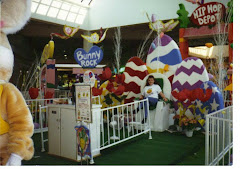

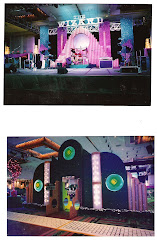

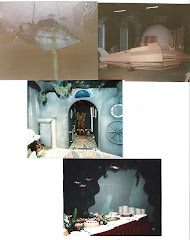

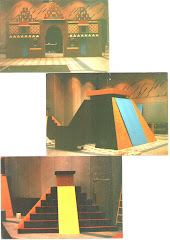


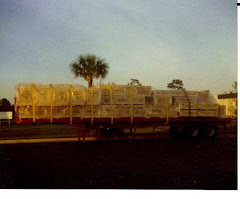





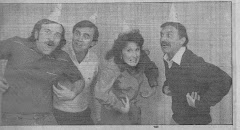


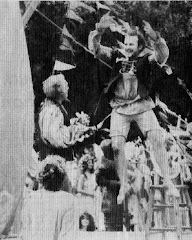



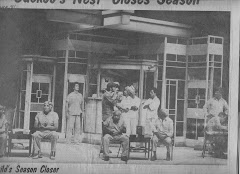






Hey Jim,
ReplyDeleteI paticipated in a meeting with Al Caputo and Otto a few days ago. They asked about you and I informed them to the best of my ability. There were several fond memories shared. Al is producing a play about a senior living trailer park. We have to slice up an airstream trailer for the show. Hope you are doing well.
Brannen